GoPro’s Karma is more than a drone, and it’s super easy to fly. It’s more than a drone, too, as it comes with a hand-held grip (called Karma Grip) which allows you to take the gimbal from the drone and film steady footage on land, too.
For the last week we’ve had a GoPro Karma in the Ausdroid office, and in the last few days we’ve had the opportunity to take it for a few test flights. Now, we’re not drone experts, or even especially competent in their operation, but having flown a DJI Phantom 3 before, I felt somewhat qualified to give it a go. However, it’s worth noting that I flew the Phantom in 2015, and it’s now two years later, and quite a bit has changed.
In 2017, it’s hard to recommend that anyone in Australia really consider spending up to $1,749 on a drone like this, or more on some of the bigger more professional drones unless you’re going to be using them for some commercial purpose (i.e. where you can actually make some of your money back).
This is because, you see, for recreational drone pilots, a lot has changed since drones entered the Australian market a few years ago. Awareness, for one, has skyrocketed; far from being a unique piece anymore, drones are everywhere and people no longer bat an eyelid at them (well they do, but we’ll get to that). It used to be you’d never see anyone flying a drone, and then all of a sudden, they were a lot more prevalent. Now, they’re really not (again, we’ll get to that, too).
The thing that’s changed the most is regulation, and it hasn’t changed for the better. The nanny state has ruined drone flying, and it’s for that reason I’d never buy one for use in Australia in future. It’d be a complete waste of money, and a great way to experience buyers remorse.
What is the GoPro Karma?
GoPro Karma comes in two configurations, largely differentiated by what’s in the box. Starting at $1,349.95, GoPro Karma comes with everything except a GoPro Hero 5 camera which is required to actually fly. For $1,749.95 you get everything you need in the one box — so if you don’t have a Hero 5, go the more expensive unit and you’ll get one in the box. If you’ve already got one, you can get the cheaper unit.
Unlike some other drones on the market, GoPro Karma comes with everything you need in the one package, including:
- Karma controller, with built-in display. There’s no need to use your smartphone/tablet to fly this drone, the remote has a screen built in and it’s pretty good.
- Karma drone itself
- Camera stabiliser / harness for Hero 5 camera
- Battery and charger
- 6 propellers (in case you wreck a couple)
- Karma Grip (for using the gimbal/stabiliser on land)
- Karma mounting ring, to use the Karma Grip on standard GoPro mounts
- A hard-shell carry case which fits everything inside for easy transport
If you have a Hero 4 Black or Hero 4 Silver, you can use that with the cheaper Karma package, though you will need to buy a slightly different harness to make it work (which costs $49.95).
Karma isn’t exactly small — the DJI Mavic Pro is definitely smaller — but it’s more compact than most drones you’re probably familiar with. Compared to the DJI Phantom, for example, it’s far more portable, and much flatter, meaning the hard carry case really isn’t much bigger than a largish backpack. I remember the Phantom had a hard-shell case and not only could it not fit in everything you needed, but it was also enormous, making it rather uncomfortable to travel with.
How is Karma to use?
Setup is a breeze; you can open the case and have Karma ready to fly in a matter of seconds. One need only unfold the arms, spin the propellers on, and power-up is done within about 20-30 seconds (depending on time to get a GPS lock).
The Karma Controller makes flight simple, for users new and old. With a built-in speaker, it talks you through the process of starting and flying your drone, and even has built in tutorials to help you get started.
If you know what you’re doing, the process is easy; power up, start the rotors, and either take-off manually, or hit the auto take-off button. Then, off you go! Flight controls are nice and simple, and will be familiar to anyone who’s flown rotary ring aircraft before:
- Left gives you your collective (up and down) and your rotation (spin left/right).
- Right gives you your forward and backward movement, and slewing left to right.
That’s all you need to fly Karma, and there’s a few additional camera controls, allowing you to tilt the camera up and down, start and stop recording, and change the camera mode. You can also change a heap more settings on Karma Controller’s touch screen, but it’s advisable to do that while you’re not flying, as you want to keep your eyes on what you’re doing.
There’s an option to pair a smartphone or tablet with the Karma Controller to allow someone else to take control of the camera controls while you focus on flying. If you’re going to be trying to get some good footage, this is an excellent idea, especially if you’re flying in less than favourable circumstances. We didn’t get a chance to try this, though.
Just on those unfavourable circumstances; Karma handles a strong breeze fairly well, remaining stable and easy enough to control. From our somewhat limited time, Karma didn’t drift much when the controls were neutral, either vertically or horizontally, however we did notice a bit of drift if you pushed the controller forward (i.e. to fly forward with no horizontal movement). To be fair, all drones do this, but as you gain experience in flying, you subconsciously compensate for this.
For all this ease of use, we need to talk about why this — and any other drone — is not easy to use, and why you frankly wouldn’t bother buying one.
Why wouldn’t you buy one, or any other drone?
Collective regulatory authorities have taken drone flight in Australia from something fun, enjoyable and exciting and made it something that’s an absolute chore.
Before you fly anywhere, there’s a heap of things you need to check and be aware of.
Firstly, there’s the CASA regulations which state (in brief):
- You must fly within line of sight. You must be able to see your drone at all times, which means it really can’t be more than a hundred metres away or so.
- No night flying.
- No flying in anything but clear weather.
- Staying 30m away from vehicles, boats, buildings and other people. That’s horizontally measured, not altitude.
- No flying over populous areas, which include beaches, parks or sports ovals.
- Not more than 120m high (and in some places, much less).
- Stay 5.5km away from airfields, aerodromes and helicopter landing sites.
- Not fly in prohibited or restricted areas, which include things like:
- Sydney Harbour
- Air shows
- Military airspace
- Fire zones
There are some caveats; you can, for example, fly within the 5.5km radius of aerodromes or helicopter landling sites, provided you are (in plain English) very bloody careful. You have to stay low, and avoid getting in the way of aircraft.
In practice, this means there’s an awful lot of places where federal law says thou shalt not fly thy drone. Forget flying in these places:
- In your neighbourhood. Why? Impossible to avoid flying over buildings, people, or vehicles.
- At your local park. Why? Chances are there’s people around, and you have to be at least 30m from nearby buildings and/or vehicles.
- At a park where you can get 30m away from buildings, cars, etc. Why? Chances are you’ll be within a no-fly zone anyway.
- At the beach. Why? Too many people.
Basically, CASA says there’s very few places you can legally fly your drone.
Fortunately, there are apps which can help you navigate CASA’s rules, at least. “Can I Fly here” is CASA-endorsed option which is an absolute must if you’re thinking of flying someplace. However, the news isn’t good; it will tell you that in most places we tried, flying is either prohibited or restricted:
If you do manage to find a place where you can comply with all of this, chances are, there’s things that you haven’t thought of. Around Sydney, for example, are all these things to be aware of:
- Helicopter landing sites are everywhere. Hospitals have them, as do other places. Forget flying anywhere near the CBD. Even in Hornsby, there’s a few helicopter sites nearby.
- Military airspace covers a LOT of space. Anywhere between Kenthurst and Bilpin, Cranebrook and Webbs Creek (look at it on a map) you can’t fly at all. The same applies around much of Newcastle too.
- Uncontrolled aerodromes are in many places. For example, around Pittwater and the Hawkesbury River system, there’s seaplane routes which you can’t interfere with.

So, we thought we’d head somewhere that we could avoid as much of this as possible. We went into West Head, part of Kuringai National Park. A beautiful place, as you can see above, where you could really see and appreciate a hell of a lot from video you filmed on a drone. It’s safe, away from places where it could be dangerous, and a spectacular view.
Except… you can’t fly there, either.
That’s right, in National Parks, one of the few places you can actually comply with all of CASA’s rules, there’s pretty much a blanket ban on the operation of drones. Be mindful, National Parks have to erect signage to implement this, but they don’t do a really good job of it. At Kuringai National Park, for example, the sign is a flimsy piece of paper on the entrance hut, and it’s right in the spot where — from a vehicle entering the park — you can’t actually see it.
We found this out the hard way, when a National Parks ranger with an appalling attitude (and terrible teeth) decided to bail us up, swear at me in front of my kids, tell me how CASA rules “don’t mean shit” and how flying in National Parks is effectively banned. The most laughable bit was being told how we missed “the huge sign at the entrance” which was, actually, an A4 piece of paper hidden from view.
For missing that sign (or any other) and flying in a National Park, that’s a $300 on the spot fine. If you fall afoul of CASA’s rules while you’re doing it, you could be fined hundreds or thousands of dollars more.
Besides CASA and National Parks, there’s fun police elsewhere, too. We’ve heard stories of local councils banning drones in some parks, and if you fly over someone else’s private property (something which is exceptionally hard not to do), you’re technically committing a trespass, especially if your camera is operating and able to discern what’s happening in that property.
In practice, that’s not going to mean a lot per se, but if you fly over someone’s property at a low level, and are stupid enough to film something happening on that property where people have an expectation of privacy, you’d want to hope that they don’t find you and dob you in to the police. You’ll be in a heap of trouble.
Frankly, flying a drone anywhere near a built-up area just isn’t worthwhile, and as that’s where most of us live, it’s hard to recommend buying a drone that you can’t really use. If you live in regional or rural areas, and there’s no military nearby, chances are flying will be okay, but let’s face of it. Most of us don’t live in such places.
Drones. An inevitable conclusion?
I love flying drones. Well, loved.
In 2015, when regulation hadn’t decimated the enjoyment of a fairly safe activity, drone flying was fun. You could fly in many places, and – provided you weren’t an idiot – it was safe. The problem is, though, there are idiots, and they ruined it. Idiots flew their drones in places they shouldn’t have, filmed people in their back yards, crashed in to cars, people and buildings, and generally gave drones a fairly bad name.
In response, CASA rules started to be more rigorously enforced. Other agencies such as councils and National Parks (to name but two) enacted rules outlawing drone flight in many places where they’d be fun to fly, or where you could capture some cool video.
In short, drone flying has gone from something relatively care-free and fun, to something you have to be almost too careful about. You have to be very, very selective with where you fly. If you’re flying somewhere you shouldn’t, you have to literally have eyes in the back of your head to watch out for the fun police. Heaven help you if you get dobbed in, because you’ll be fined until it hurts.
If you’re going to buy a drone, GoPro’s Karma is a great choice. It’s affordable, comes with everything in the one box, and makes flying super simple. I’d love to recommend it, and absent our ridiculous regulatory environment, I would.
It isn’t GoPro’s fault that Karma gets this review. It’s our ludicrous over-regulation which means that, if we’re honest, your new drone is going to spend most of its life sitting on a shelf, with you wishing you could fly it somewhere without getting in trouble.
For that, a drone is a waste of money. Buy a pot plant.

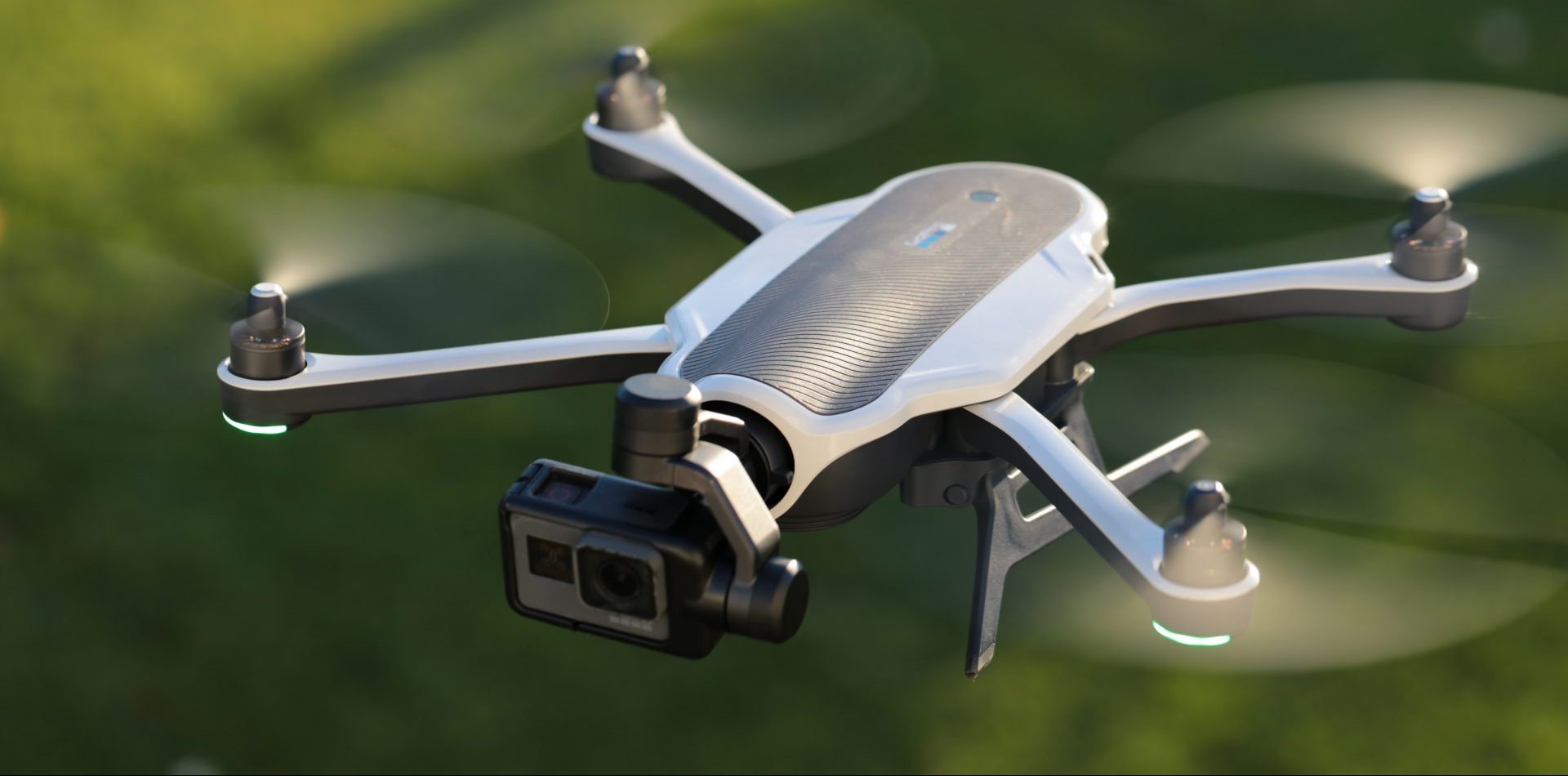
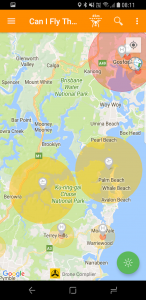
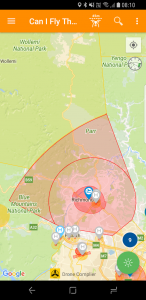
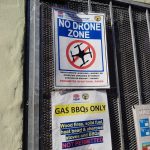

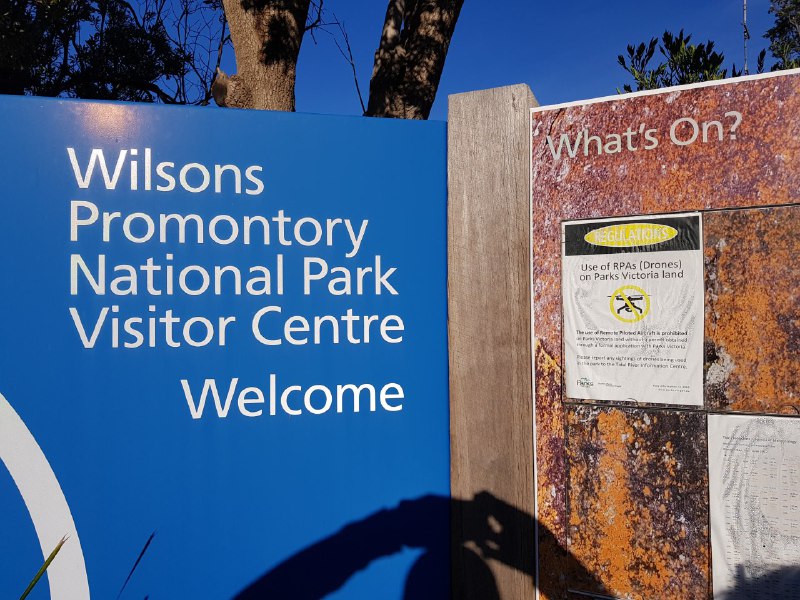



Wish i had some insight to these restrictions before purchasing the mavic pro. I filmed once outside the city 50ks away and there were still people around. Basically sitting on the shelf what a waste of money. Karma is too big to carry around. If your going to spend the time and effort to fly in a approved zone with risks then spank a few more dollars.
“Somebody I know” 😉 just gets up early, before any authorities are around, and goes for a fly then. It’s such a fun sport, shame that we live in a nanny state.
I feel like this should have been two distinctly difference articles.
It certainly could be. But it wasn’t this time.
The rules are very simple, longstanding and aimed at protecting other people in the air and on the ground. If the author of this article had contacted CASA for comment, they would quickly discover that you can fly at the local park, you can fly at the beach, there are in fact lots of places you can fly. Just don’t fly directly over or within 30m of people and keep away from military airspace and aerodromes. I fly at the beach all the time, but not when it’s packed in the middle of the day during summer. Common sense…not fun… Read more »
The recreational rules for drones have not changed in Australia since 2002. Do your research before going on a rant and passing it off as journalism.
Settle down cowboy. I bought a drone recently (a Parrot) and have been frustrated as the Author here obviously is with the rules surrounding drone flight. I’ve had little opportunity to fly it. I researched, but the fun police seem to be putting up no drone signs everywhere not listed in the CASA no fly zones.
This is what I’m getting at Frank. Sure, the rules are known and aren’t of themselves unfair. It’s just that it makes – in my view, at least – owning a drone far less worthwhile than it might otherwise be. Sure there’s places I could find to fly a drone, but there’s so many places I’d like to – and could probably do so safely – that I can’t.
Chris, I do see your point to a degree but would like you to mention certain places that are banned or require a RePl/ReOC to fly that you think could be flown safely…you mention Sydney harbor like banning drones there is unwarranted, is this one location your referring to??
Hell no, I can’t see any justification for allowing unfettered drones around Sydney Harbour. I was more thinking of situations where CASA rules and others conflict, e.g. CASA would permit flight in parts of Ku-ring-gai national Park, but NP regulations do not.
Chris, I don’t see where you can’t see the logic, CASA controls the airspace, Parks Victoria as an example, controls the parks land due to reason such as breeding seasons of bird etc. There is no conflict as CASA do not control land, you can be 10 meters from the fence of an airport with your drone on the ground, it’s not illegal til you take off.. There is no confusion or conflict. I appreciate your opinion but if you had concentrated on one subject or the other and relied more on fact than personal frustration it would have had… Read more »
Oh come on, do I need to spell out how the common sense view says that these things are in conflict? If CASA regs say its okay, and other rules say it’s not, don’t you see how this could be confusing?
Hilarious. A supposed review turned into a rant about the “fun police”. Guess what – its not just the “idiots” who need rules. Without some sort of rules in place, drones were/are basically an accident waiting to happen. Ever looked up in any Syd/Melb suburb and noticed all those GA aircraft and heli’s going overhead at few hundred m or less? Guess what kind of fun things would happen if your drone went into one of them. There are plenty of other airsport users who have had to comply with Casa reg’s for a very long time before drones came… Read more »
Not at all. The CASA rules are stringent, but they’re not unworkable. It’s others which make it much more so.
Yes in PG we face the same restrictions when it comes to no flying in National Parks and we’re in silent, *un-powered* gliders which might make the restrictions make even less sense, I think its just a case of the drone flying maturing as an activity, but if you think the regulations are workable, why the rant?
If it were the casa rules in isolation, that would be one thing, but it isn’t these days. There’s many other authorities which impose further restrictions, and they’re not all that well communicated or known.